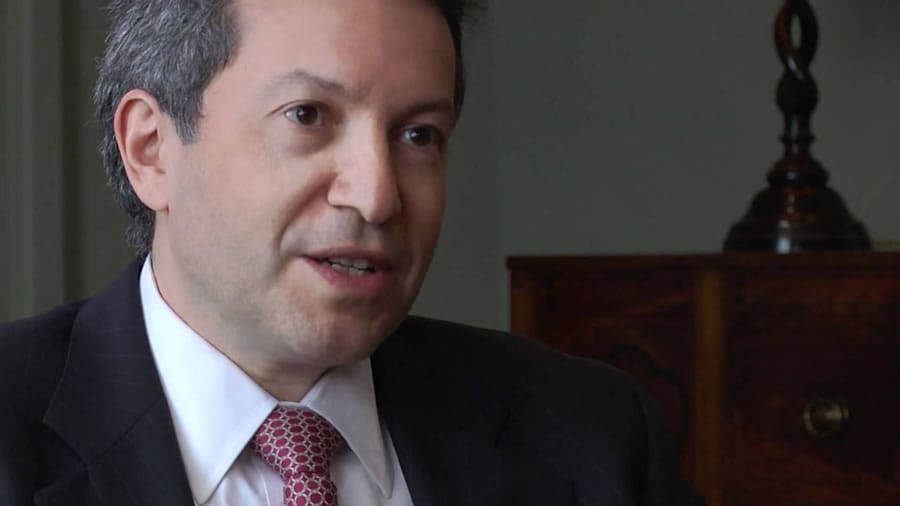
The Case of David essay
DSM-IV TR diagnosis
Axis I: 305.20 Cannabis abuse
Axis II: V71.09 no diagnosis on Axis II
Axis III: no diagnosis
Axis IV: educational problems, problems related to social environment
Axis V: 78.
David clearly has educational and social issues: his grades declined and are currently below his normal standard, he failed to make the basketball team, his girlfriend with whom they were dating for one year decided to terminate their relationship. David’s estimated use of marijuana is 1-2 times per week; his answers indicate that probably he is in reality more addicted to marijuana than he thinks he is. However, David’s symptoms do not match the criteria for cannabis dependence; indeed, he does not demonstrate marijuana tolerance, he does not have characteristic withdrawal syndromes and does not replace marijuana with other substances; he did not intend to control or cut down the use of substance.
David seems to disregard that his social and educational problems might be related to the use of marijuana. Therefore, David only meets criteria 6 of dependence, and at least three criteria are needed to diagnose dependence (Frances & Pincus, 2004). At the same time, David meets the criteria of substance abuse. Indeed, he does use marijuana on regular basis and this resulted in the failure to fulfill major obligations at school, and he continues using marijuana despite having marijuana-related problems (lower grades, not making the basketball team and breaking up with the girlfriend). Although he did not use marijuana in physically hazardous situations, he did experience legal problems due to the use of marijuana. Therefore, David meets three out of four criteria for substance abuse (Frances & Pincus, 2004). It is not stated in the case whether David is using marijuana for more than 12 months, but since he had cases of alcohol abuse 1.5 years ago and later switched to marijuana, it is reasonable to suggest that he is using marijuana during a year.
David’s symptoms do not match the symptoms of Axis II disorders. David does not have medical or physical disorders so there is no diagnosis on Axis III. David has social and educational problems (Axis IV), and the effect of substance use on his functioning is transient; although he describes the problem as minor, it is actually getting bigger, so his GAF score is estimated as 78.
Treatment of marijuana-induced disorders is commonly performed on outpatient basis. For treating cannabis-related disorders, pharmacotherapy is generally not recommended (American Psychiatric Association, 2006). The most efficient methods of addressing cannabis-related disorders are psychosocial treatments. Proven methods aimed at reducing the frequency of marijuana abuse are motivational approach and approach aimed at preventing relapse which includes motivational therapy with the development of coping skills (American Psychiatric Association, 2006). In David’s case, it is recommended to schedule 4 sessions of motivational therapy (2 sessions per week) followed by 4 sessions devoted to the development of coping skills (2 sessions per week). Depending on his response to therapy and on the possibility of relapse, it might be useful to schedule 4-6 sessions of cognitive-behavioral therapy which is a proven method of addressing cannabis-related disorders.
It is important to report that David’s friends are also likely to use marijuana, and to refer them for substance abuse. It is recommended to inform the police officer that there are active marijuana dealers in the community. Furthermore, family therapy is recommended. In David’s case, the negative influence of his father can be clearly traced. It is necessary to find out the actual state of affairs in his family, identify whether David’s father continues drinking and using marijuana, or encourages David’s use of alcohol or marijuana. At least three family counseling sessions should be scheduled, and motivational group therapy should be used to address the pattern of substance abuse originating in David’s family.

